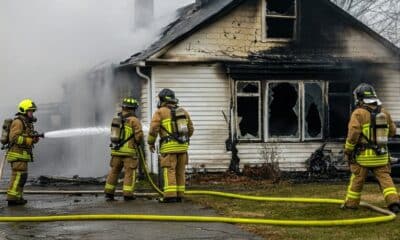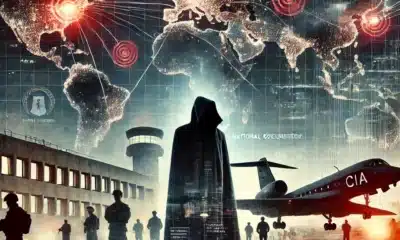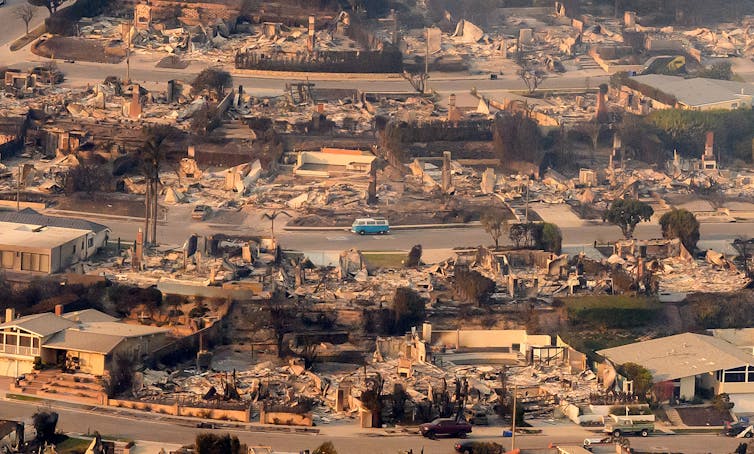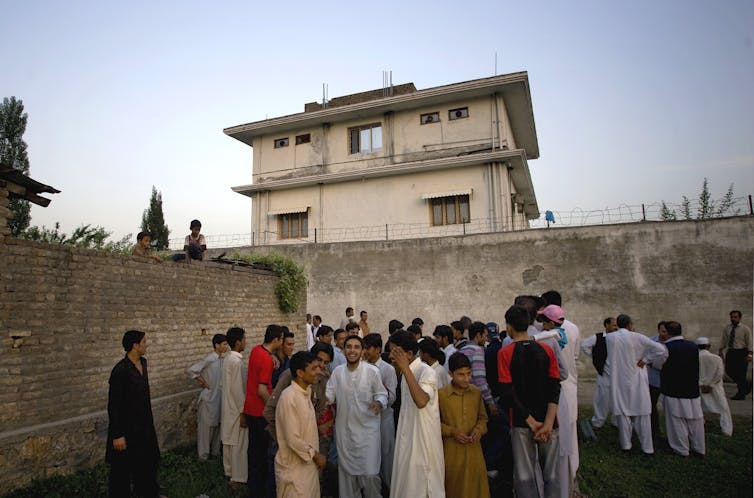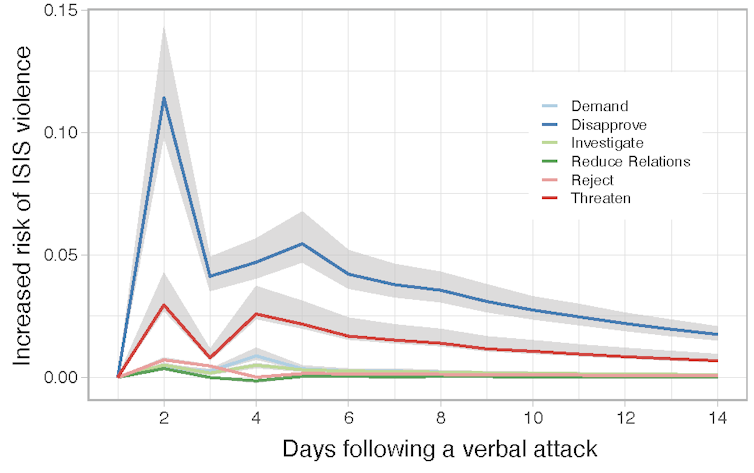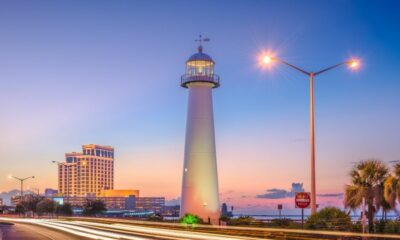
John Springer Collection/Corbis via Getty Images
Rachel Gordan, University of Florida
Eighty years ago, the Jewish American novelist Laura Z. Hobson was contemplating her next writerly move and was seeking a little help from her friends.
“Gentleman’s Agreement,” the story she was drafting, felt like a bold idea. Maybe too bold. In her vision for the novel, reporter Phil Green is assigned to write an article about antisemitism. He pretends to be Jewish so he can experience bigotry firsthand. Readers follow the character as he encounters the prejudice of supposedly good people and learns how to respond to the slights and jabs casually meted out even by Americans who consider themselves liberal.
It was 1944, three years after the United States joined World War II. What prompted Americans to finally fight, however, was the Japanese attack on Pearl Harbor, not Nazi persecution of Jews and other marginalized groups. Antisemitism in the U.S. remained rampant throughout the early and mid-1940s.
With so many fraught feelings about Jews, and about the war in which American soldiers were risking their lives, Hobson was unsure how a novel about domestic antisemitism would be received. She might have wondered if readers would dismiss the story as a Jewish writer’s “special pleading” on behalf of her own.
Should she move forward with the novel that was bubbling up inside of her? To find her way out of her writing quandary, Hobson did something she had never done before and would never do again in her four decades of writing more than a dozen books: She consulted several friends and colleagues, mailing them her proposal for the novel and a cover letter explaining her quandary.
She did not know it at the time, but Hobson was about to write her most important book – one that would help broaden conversation about prejudice by reaching many more readers than would ever hear a rabbi’s sermon or read a committee’s report on antisemitism.

Peter Jones/Corbis Historical via Getty Images
The right words
When the responses started to come in, it became clear that not all the feedback was of the helpful variety.
Lee Wright, Hobson’s editor at Simon & Schuster, seemed not to have fully grasped that writing fiction was a matter of placing oneself in the shoes of someone else. The editor advised Hobson that she was ill-suited to write from a gentile’s perspective because Hobson herself was Jewish. Further, Wright cautioned, Hobson should not attempt to write from a man’s perspective.
Hobson’s publisher and friend, Richard Simon of Simon & Schuster, was also skeptical. He did not believe that novels were the way to fight antisemitism or bigotry. And then Simon did that worst thing an editor could do: He reminded Hobson that her last novel, “The Trespassers,” had been a commercial disappointment.
Hobson stewed over these replies, as evident from her autobiography and letters archived at Columbia University, which I found while researching my first book, “Postwar Stories: How Books Made Judaism American.” As Hobson later noted in her autobiography, her publisher’s less-than-enthusiastic reply sapped some of her confidence. She wasn’t entirely certain that she wanted to continue with her writing.
It was one of Hobson’s closest female friends, Louise Carroll Whedon, whose letter offered just the right words of encouragement. Known as Carroll to her friends, she was married to TV writer John Whedon – and the family’s writing success would continue with their grandson Joss Whedon, of “Buffy the Vampire Slayer” and “The Avengers” fame.
Familiar with the ups and downs of the writing life, as well as Hobson’s insecurities, Carroll replied with the enthusiasm that Hobson needed. “Let me say right away that I think the book ought to be written,” Whedon assured her, “and the sooner the better – not to highlight the plight of the Jew, but to examine the even more appalling plight of the non-Jew, and what the seeping poison of prejudice can mean to America.”
The Americans who really needed “Gentleman’s Agreement,” Whedon argued, weren’t the extreme antisemites, but the people hoping that “if you just pretend it isn’t there, maybe it will go away.” Otherwise, she warned, that willful ignorance and passivity could destroy the country – “at least the America that most people want to believe exists.”
Whedon did not deny the risks. But she wasn’t willing to watch her friend doubt her abilities – or her insights as a Jewish woman who had experienced antisemitism firsthand, and observed casual antisemitism from her non-Jewish friends. That Whedon was one of Hobson’s non-Jewish friends made her enthusiasm for a novel about antisemitism especially valuable to Hobson.
“It’s a controversial subject, Babe, and there’ll be arguments who should do it and when and how it should be done no matter what comes of it,” Whedon concluded. “For me, I think you’re in a singularly good spot to write it – in hot anger, sure – but in cold truth as well.”
Whedon had brought Hobson back to herself. Now, it was time to write.
Instant success
In a few years, the book stuck in Hobson’s mind would become a sensation. First published as a series in Cosmopolitan magazine, “Gentleman’s Agreement” was then printed by Simon & Schuster in 1947. It became a bestseller and later an Academy Award-winning film starring Gregory Peck.
“Required reading for every thoughtful citizen in this parlous century” was how The New York Times described the novel. Because of Hobson’s readable style and romance, the novel received attention from a wide range of publications, from the Saturday Review of Literature to Seventeen magazine. From books like Hobson’s, Americans were learning “how we could be humane, as well as human, beings,” Times reviewer Charles Poore wrote in a December 1947 roundup of the year’s top books.
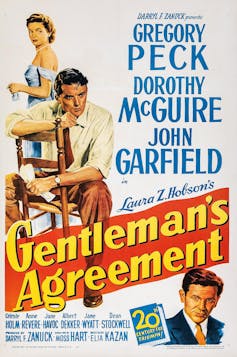
Twentieth Century–Fox Film Corp via Wikimedia Commons
“Gentleman’s Agreement” was never perceived as “just” a Jewish novel – mostly because readers mistakenly assumed an author named Hobson was not Jewish. Even for critics, the book broadcast a new openness toward discussing antisemitism. It was a story full of teachable moments.
Hobson’s novel was part of a wave of 1940s fiction against antisemitism. Some of these novels were written by Jewish authors who were beginning to form the nucleus of postwar American literature, such as Saul Bellow and Arthur Miller. Others were by writers who made their mark during the 1940s, but whose names have faded over the decades, such as Gwethalyn Graham and Jo Sinclair. But Hobson’s was the most popular of its time.
If it weren’t for Whedon’s encouragement, though, “Gentleman’s Agreement” might never have been finished. If every friend of a writer said just the right thing – offering the needed encouragement or tough love – it would not feel like such profound treasure to spy a pearl of encouragement. But nobody gets all the encouragement they need, and writers are no exception.![]()
Rachel Gordan, Assistant Professor of Religion and Jewish Studies, University of Florida
This article is republished from The Conversation under a Creative Commons license. Read the original article.











